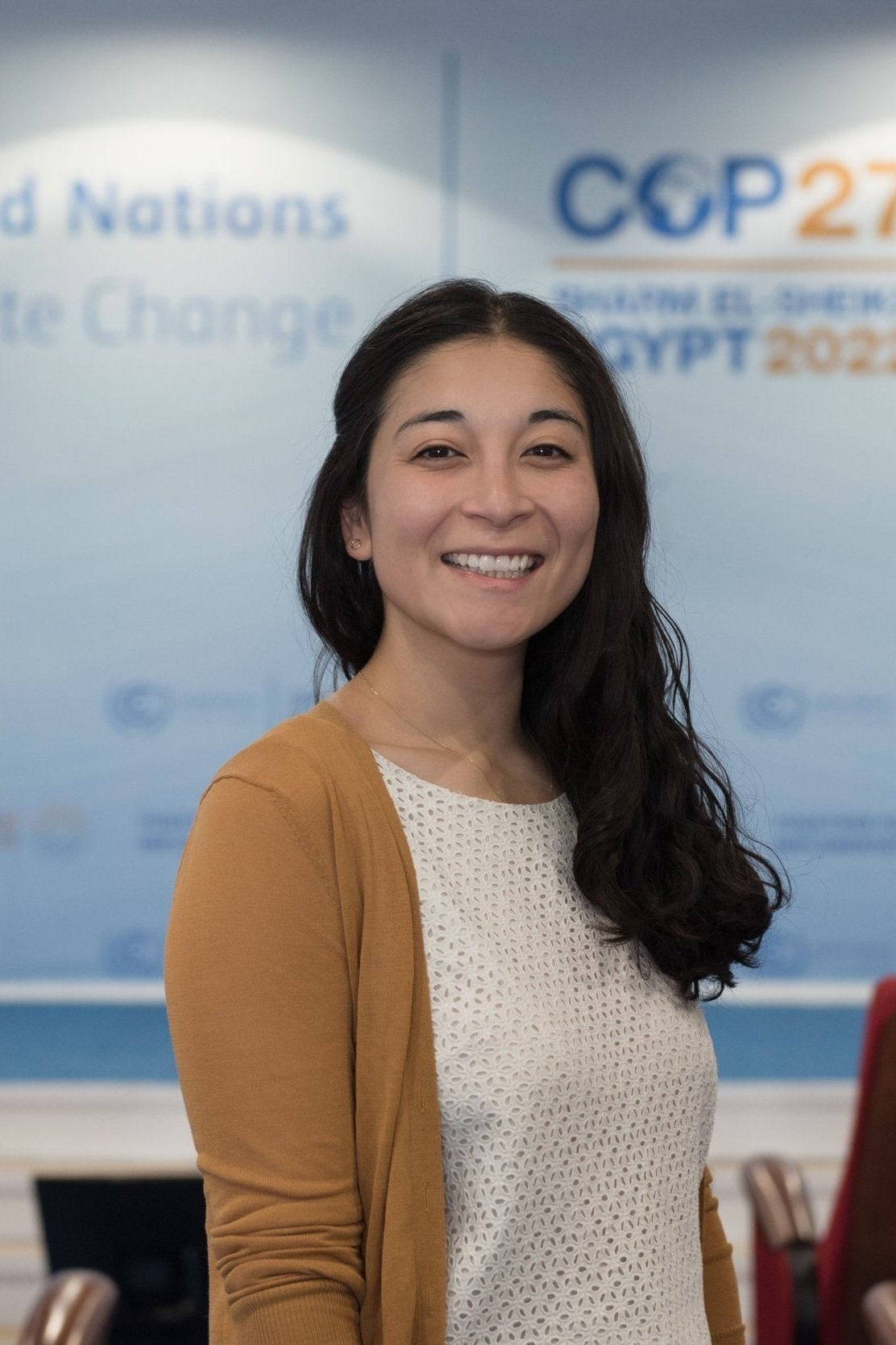Don’t Forget the Ladies: The Gendered Aspects of the Climate Crisis
By Eda Kosma
Eda Kosma
It’s well-acknowledged that climate change is one of the most complex problems of our time, where solutions must balance international collaboration, technological innovation, and support for the communities who will be most affected by impacts that cannot be avoided, from rising sea levels to increasingly severe storms. Less recognized is that women and girls, as with many other issues, often bear the brunt of the impact from a changing climate, making gender equality one of the most critical components for building a climate resilient future for all.
Particularly in low-income countries where household and care responsibilities for food, water, and energy fall to women, studies show that women and girls are disproportionately affected by drought, increased rainfall, and generally shifting weather patterns. By some estimates, climate-related events prevented four million girls in developing countries from finishing their education in 2021. On top of this, around 80% of people who cite climate change as a reason for their displacement are women. There is also a huge need for gender-sensitive data and gender-responsive finance that explicitly addresses the needs and gaps of women experiencing climate impacts. By some accounts, less than 1% of global philanthropic funds goes to projects that exclusively focus on women and the environment.
But this is not only a story of disproportionate impact. Many of the main players who have helped to shape and build key international climate provisions are, in fact, women. Christina Figueres, former head of the United Nations Framework Convention on Climate Change, was key in the successful negotiation of the Paris Agreement. Mia Mottley, Prime Minister of Barbados, is the driving force behind the Bridgetown Initiative – a plan to catalyze greater multilateral development finance. Waangari Maathai, a scholar, environmental activist and Nobel laurate, founded the Green Belt Movement addressing deforestation across Kenya. One can argue that the most influential and outspoken youth climate activists of our time – like Greta Thunberg, Vanessa Nakata, and Xiye Bastida – are mostly young women. Research even shows that national parliaments with greater numbers of female representatives are more like to pass more ambitious climate legislation.
Unfortunately, women only hold on average one quarter of the seats in their parliaments, and despite the dozens of inspirational, powerful women leading international climate efforts, we are still far from gender parity within climate-related organizations. Inclusivity and intersectionality are critical for the advancement of climate solutions and women must be included in climate initiatives at every level, from international organization, every level of government, down to community organizers. If gender-sensitive needs are not reflected in climate priorities and finance, the sustainable new world will only be built with the few in mind. As the climate crisis rages on, it is essential that the wisdom and work of women are centered so that we might transform our world for the benefit of everyone.
Eda Kosma is a MALD candidate (F23) studying the role of transparency and better data in enhancing climate ambition
This is the third and final post in CIERP and Climate Policy Lab’s Women’s History Month blog series. Read the other posts here and here.


